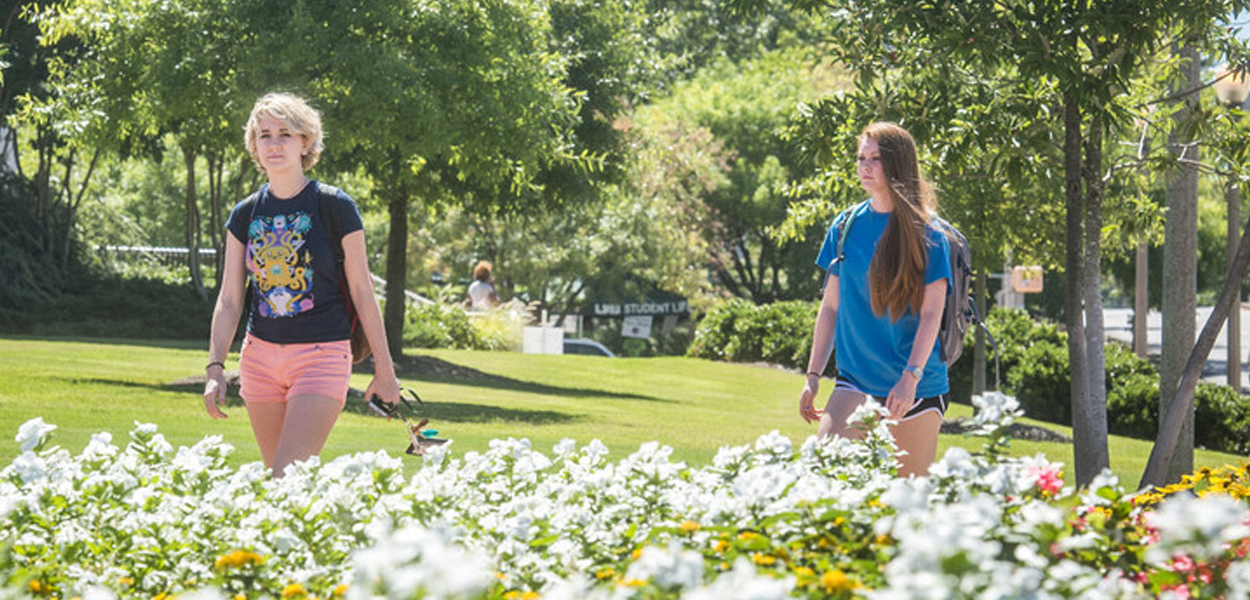
No parent or family member wants to believe that their student would engage in high-risk behaviors. While we know that UAB students engage in alcohol and drug use less frequently than the national average, we want to continue to help our Blazers make healthier and safer choices about alcohol and drug use. It is imperative that we all work together to ensure their safety.
The following are common myths that our staff have heard from family members:
“These things don’t apply to my child. They don’t smoke, drink, do drugs, or engage in sex.”
Didn’t think these were necessary topics? The first six weeks of college are a critical time for every college student and can set the tone for a student’s academic and social success. While many students enter college with some healthy behaviors, they are still prone to the college effect. According to the U.S. Department of Education, the college effect is “the idea that once students are on campus, they’re exposed to higher-risk behaviors and are then more likely to participate in them.”
“My student is an athlete that has never shown signs of being interested in partying.”


While it is true that 1 out of every 3 UAB students reports not using alcohol, it is still important to connect with them and have these vital conversations so that they have as much information as possible when faced with certain situations.
Even if your student never engages in high-risk behaviors, they will likely interact with peers who are engaging in those behaviors. We encourage all of our Blazers to be active bystanders and the more information they have, the more likely they are to intervene in a positive way .
While binge-drinking behaviors among student athletes is decreasing, according to the NCAA, about 80% of them still reported alcohol use within the past year. More concerning is that the same study showed that misuse of prescription drugs among those same student athletes is on the rise. The NCAA study revealed that almost 25% of student athletes reported using prescription pain medication in the past year and revealed that 6% of them did so without a legal prescription. Additionally, 16% reported using ADHD medication (such as Adderall or Ritalin) and over half of those students used these drugs without a prescription.
“Our student is very mature for their age, and we don’t have to discuss things that don’t apply to their goals.”
Did you know?
At UAB, almost 1 out of every 3 students chooses not to drink alcohol.
Source: NCHA Fall 2023